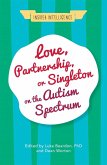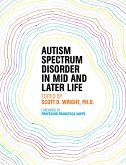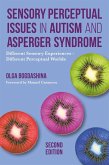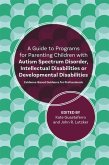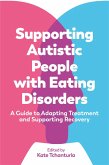Many autistic children have a restricted dietary range, and this book provides parents with advice and training on how to support them to achieve a healthier and more balanced diet. Now described as Avoidant or Restrictive Food Intake Disorder (ARFID), it is due to sensory hypersensitivity, and it can impact the child's health, their family life, and their social life.
Based on successful training packages the authors provide for parents and professionals, this book enables the reader to understand restrictive eating and work with children, gradually increasing the range of food a child is able to eat. It includes 'box outs' with case studies, points of interest and action points to make this an accessible read full of tips and strategies.
Based on successful training packages the authors provide for parents and professionals, this book enables the reader to understand restrictive eating and work with children, gradually increasing the range of food a child is able to eat. It includes 'box outs' with case studies, points of interest and action points to make this an accessible read full of tips and strategies.
Dieser Download kann aus rechtlichen Gründen nur mit Rechnungsadresse in A, D ausgeliefert werden.



